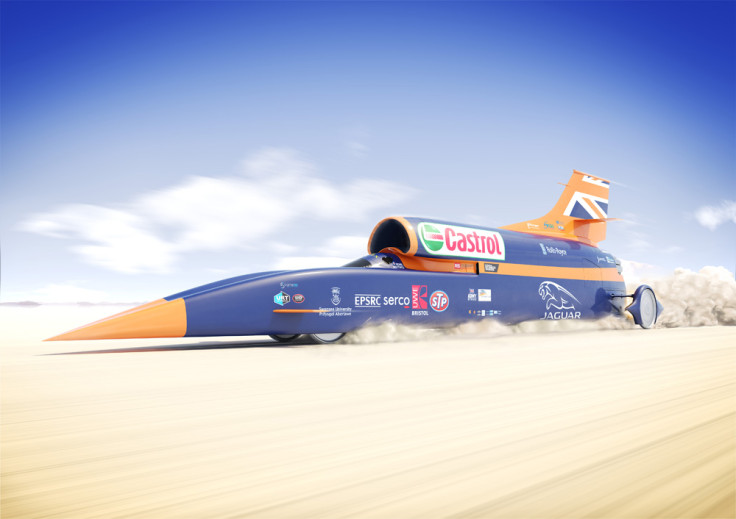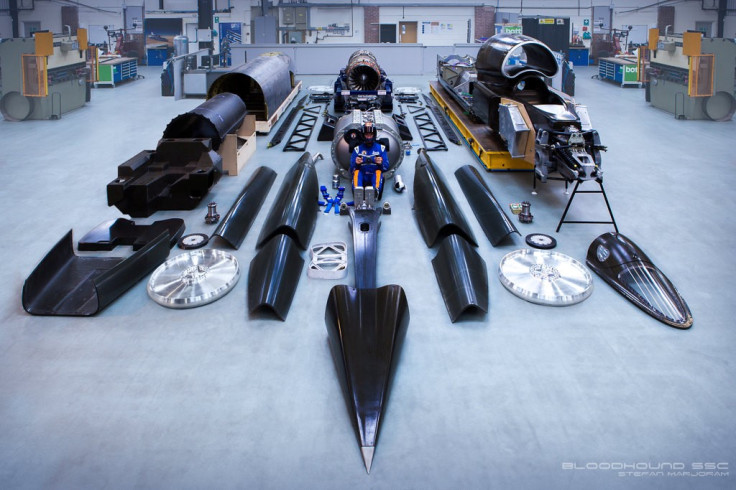Bloodhound: the 1,000mph car – Britain's tech story of 2015 comes from a Bristol workshop
British engineers are building the world's first 1,000mph car

From the Apple Watch and driverless vehicles, to hoverboards and augmented reality, we've already spoken a lot about the technology to look forward to in 2015 – but for me the most exciting technology story of 2015 will come from an unassuming workshop in Bristol.
This is where a small team of engineers, coders and rocketeers will produce Bloodhound SSC, the first car to travel at more than 1,000 miles per hour. Having already had over 110 man-years invested into its development, Bloodhound will run for the first time later this year, first at around 200mph in the UK, before heading to South Africa to beat the current land speed record of 763mph.
Having already had over 110 man-years invested into its development, Bloodhound will run for the first time later this year, first at around 200mph in the UK, before heading to South Africa to beat the current land speed record of 763mph.
Next year, the 7.7-ton car will go beyond 768mph, the speed of sound, and on to a theoretical top speed of 1,050mph.
Reaching such high speeds is difficult and requires an incredible amount of power. Bloodhound combines a Rolls-Royce EJ200 jet engine – as used in the Eurofighter Typhoon – plus a cluster of Nammo hybrid rockets to produce 135,000 horsepower, or the equivalent of 180 Formula One cars.
Bloodhound will burn through its supply of rocket fuel so quickly that a 5.5-litre V8 engine from the Jaguar F-Type sports car, producing 550bhp, is required to feed it.

Any vehicle competing to set a new land speed record must cover a measured mile, turn around, refuel, and cover the same mile in the opposite direction within an hour. An average of the two runs is then compared to the current record. At top speed, Bloodhound, which will be driven by RAF Wing Commander Andy Green, will cover that mile in 3.6 seconds, at a rate of 4.5 football pitches every second.
This summer, Bloodhound will complete its first runs of up to 200mph at the Aerohub runway in Newquay, before heading to The Hakskeen Pan in Northern Cape, South Africa, where a 12-mile long, two-mile wide track is being cleared of rocks and flattened.
But Bloodhound isn't just a vanity project to say Britain built the world's fastest car. More than 5,700 UK primary and secondary schools, plus 600 in South Africa and thousands more around the world, use educational materials provided by the project. The team's aim is for every school child in the UK to have had at least one Bloodhound lesson or experience before the car reaches its 1,000mph goal in 2016, and for this to inspire a new generation of engineers.
IBTimes UK will be visiting the Bloodhound factory in a video feature in early 2015.
© Copyright IBTimes 2025. All rights reserved.






















